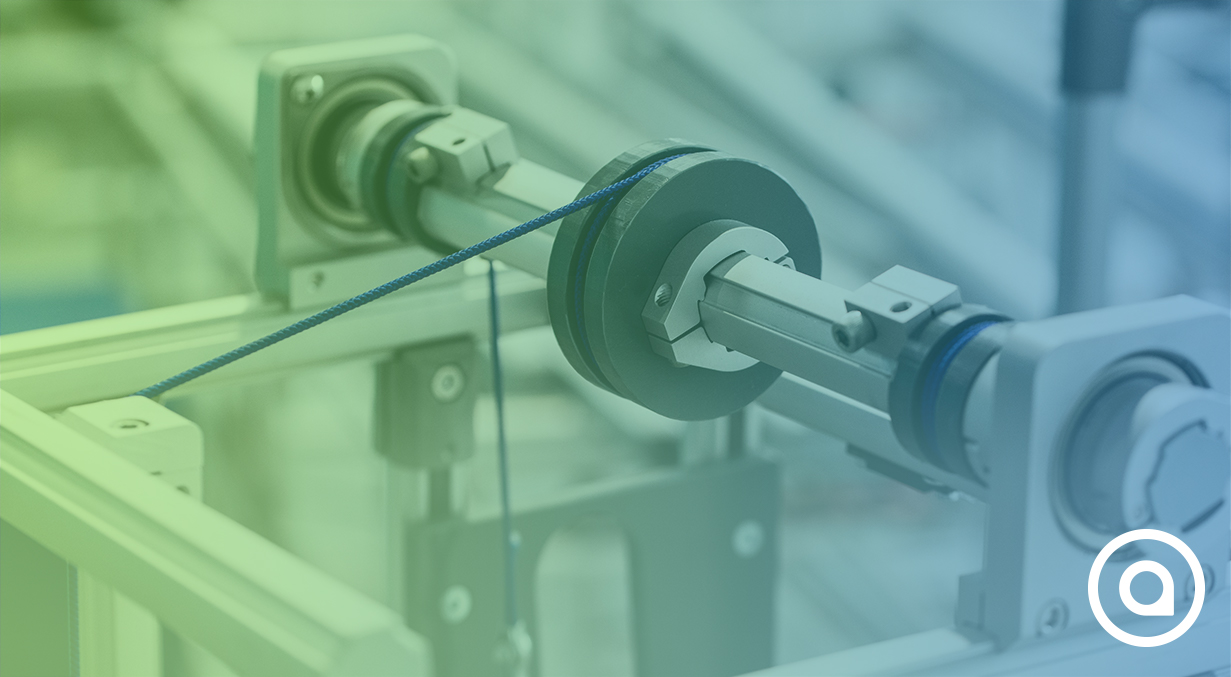
How passive robots compare with TCO
The Total Cost of Ownership, or TCO, is a method to determine the overall cost of a product. It takes place over the course of its entire lifetime. TCO combines direct and indirect costs, from when the product is first acquired to when its usefulness has been completed. Decreasing the total cost of ownership is a very popular strategy, especially among big companies. The aim is to create as much added value as possible. TCO can also serve as a guide for avoiding wastefulness, as in a lean sense of terms.
Simple bots are cheaper than traditional robots
The industrial can really benefit from simpler robots instead of large, inefficient machines. Such more efficient robots are more capable of being part of a durable society. For instance, large industrial robots cost around 250 000€, with an addition of 10 000€ per year for maintenance (source: ABB Group). Karakuri Kaizen® are, on the other hand, 100 times less expensive.
These Karakuri Kaizen® come in the form of reliable, operational, and easily maintainable robots. These lean robots use the least amount of materials possible and borrowing energy from other sources. As such, developing Karakuri keeps investments low. The entire concept is frugal and saves on energy. The goal is to avoid expensive and wasteful plants. This can be part of low-cost automation, or LCA, way of manufacturing.
Using energy-free robotics
Traditionally, industrial factories are first to mind when we think of energy-hungry companies. For example, at Vicat which is a cement manufacturing company, their energy consumption represents around 15% of their total production cost. New and improved production processes introduced to their area will allow them to reduce their energy usage, and so their energy bills and CO2 emissions, and this will improve their profitability.
Implementing Karakuri Kaizen® onto a factory line reduces CO2 emissions and endeavours to conserve energy. This is because they need no additional energy to operate and to move. By using only natural principals, the robots can operate on their own. It goes without saying that electrical bills are henceforth negated. This gives more freedom to eco-friendly choices.
Another example of industrial manufacturers opting for simple and eco-friendly plants is Toyota Motor, with their “Environmental Challenge 2050”. For them, Karakuri® are a way of reducing a factory’s CO2 to zero.
After-life for modular equipment
Did you know that Karakuri Kaizen® are designed in such a way that they are almost completely reusable? Karakuri are 99% recyclable! The parts used for one piece of equipment can very easily be used for another. Therefore, there is no waste in materials after the Karakuri has served its use. It can find new life as something different.
This is due to the modular qualities of our components, think of them as building bricks if you will. You can tear down a wall and make a house! Karakuri components are as flexible as your imagination. It’s like doing ctrl+Z in a real-life industrial setting.
As such, when you apply Total Cost of Ownership to Karakuri Kaizen® and their unlimited reuse after their lifetime is finished, you explode all score previously achieved.


